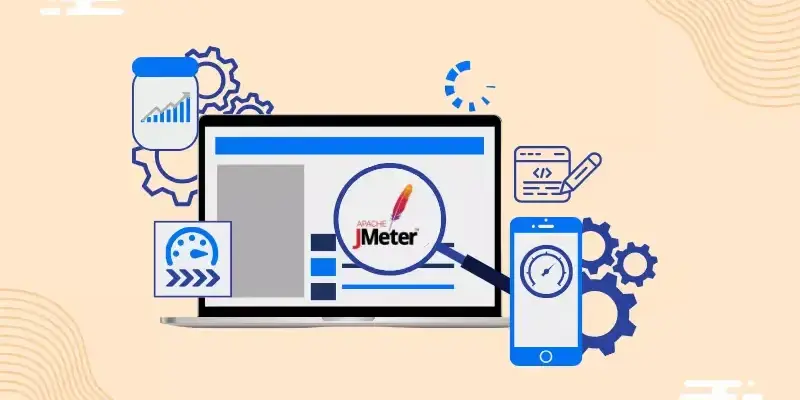
In today’s digital era, ensuring web applications perform efficiently under load is crucial. Performance testing is an essential step in the software development lifecycle, and Apache JMeter is one of the most popular tools used for this purpose. JMeter is an open-source software designed to test the performance of web applications and other services. This blog will guide beginners on how to get started with JMeter, making it easier to navigate the initial steps of performance testing. Whether you want to enhance your skills, understanding JMeter Training in Chennai offered by FITA Academy can significantly benefit your career growth.
Understanding JMeter and Its Importance
Before using JMeter, it’s important to understand what it is and why it’s useful. It allows testers to simulate multiple users accessing a web service simultaneously, helping to identify performance bottlenecks, response times, and other critical performance metrics. Using JMeter, developers can ensure their applications can handle high traffic volumes without compromising performance, leading to a better user experience.
Setting Up JMeter
Download and Install JMeter
First, download the latest version from the official Apache JMeter website. Ensure you have Java installed on your system since JMeter is a Java application. Once downloaded, extract the files to a directory of your choice.
Launch JMeter
Navigate to the bin directory within the JMeter folder and launch the application by running the appropriate executable file for your operating system. This will open the JMeter graphical user interface (GUI).
Creating Your First Test Plan
Create a Test Plan
A Test Plan in JMeter is where you define your testing scenarios. To create a Test Plan, open JMeter and navigate to the “Test Plan” node in the tree view. Add a Thread Group to simulate a group of users in your test.
Configure Thread Group
In the Thread Group, set the number of users (threads), the ramp-up period (time taken to start all users), and the loop count (number of times to execute the test). For example, to simulate 100 users with a ramp-up period of 10 seconds, enter these values accordingly.
Add Samplers
Samplers inform JMeter about the type of requests to execute. Access the Thread Group and insert an HTTP Request to include a sampler. Customize the HTTP Request with the server name or IP, path, and other parameters relevant to your test. This process is fundamental in JMeter Training as it acquaints learners with configuring requests for various testing scenarios.
Running the Test and Analyzing Results
Add Listeners
Listeners in JMeter are used to capture and display the results of your performance tests. Add a listener like “View Results Tree” or “Summary Report.” These listeners will help you visualize the performance data generated by the test.
Run the Test
Once your test plan includes the necessary Thread Group, Samplers, and Listener, initiate the run command to start the test. The listeners will collect and display the performance metrics as the test runs.
Analyzing Results
After the test is completed, analyze the results using the listeners. Metrics such as response times, throughput, and error rates will be displayed. The “View Results Tree” provides detailed request and response data, while the “Summary Report” gives an aggregated view of the test performance. Analyzing these results will help you identify potential bottlenecks or issues in your application.
Starting with JMeter for performance testing can seem daunting, but by following these steps, beginners can quickly become proficient. JMeter’s powerful features and flexibility make it an invaluable tool for ensuring that web applications can handle high traffic and provide a seamless user experience. You can gain critical insights into your application’s performance by setting up a test plan, configuring thread groups, adding samplers, running tests, and analyzing results. If you aim to improve your skills or embark on a career in performance testing, joining a well-established Training Institute in Chennai can equip you with the essential knowledge and practical experience needed to succeed in this domain.
